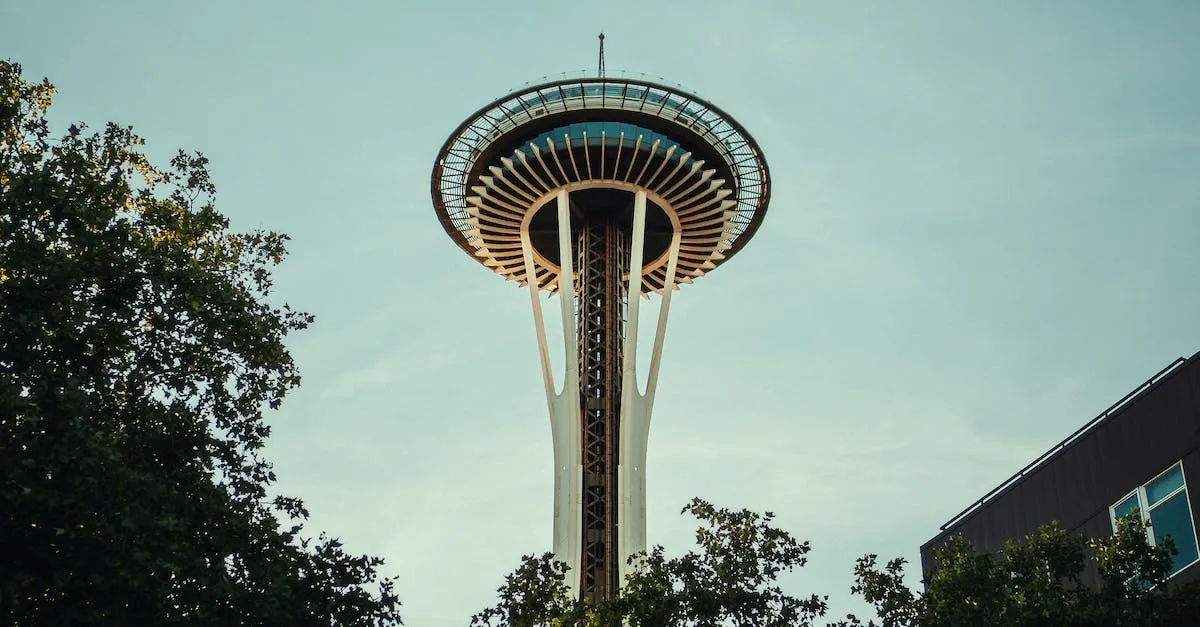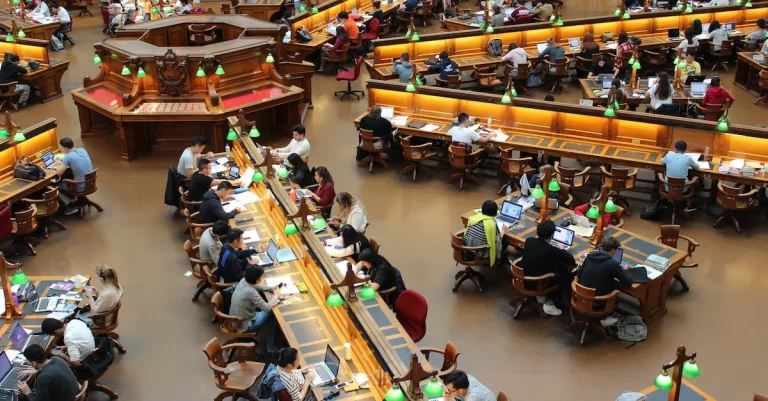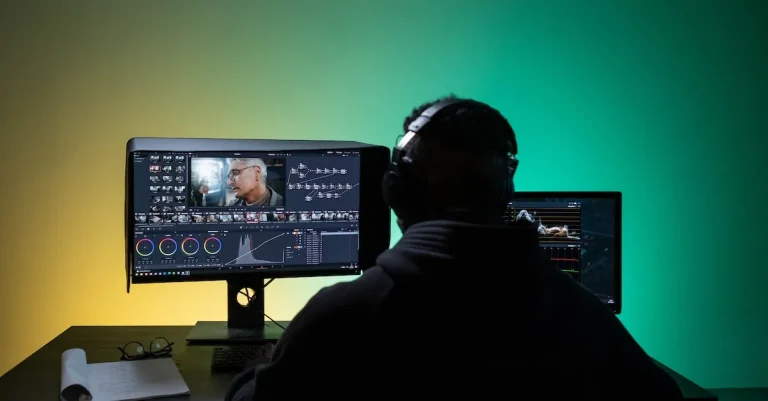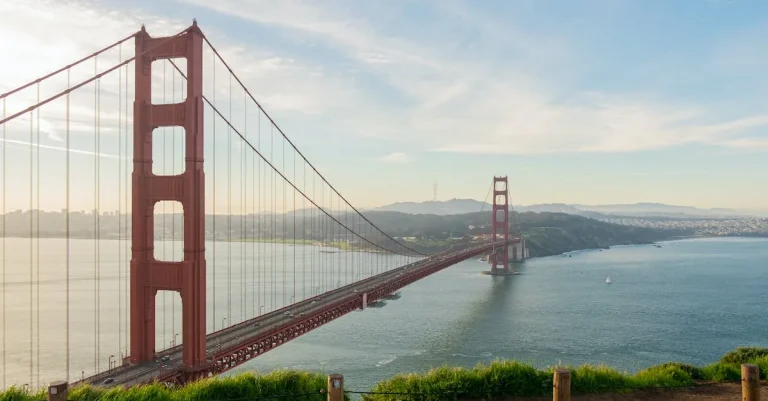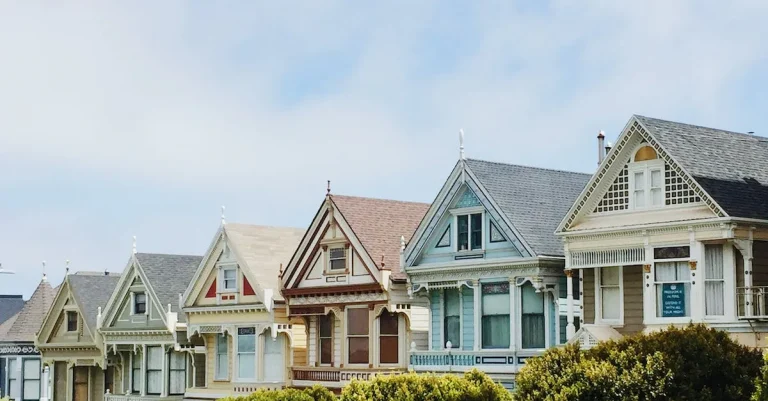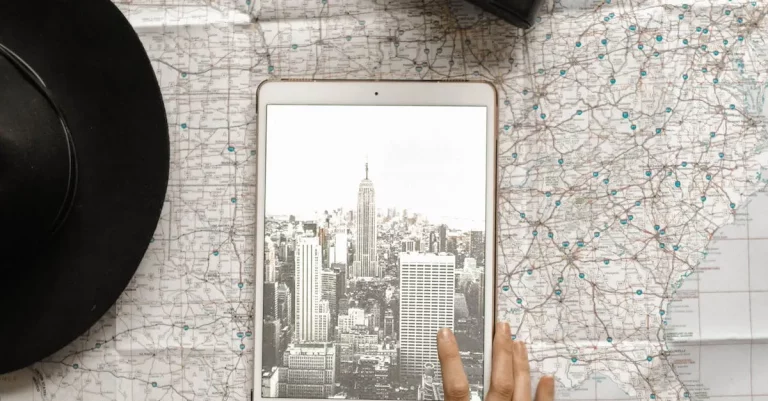Seattle In The 90S: Grunge Music, A Tech Boom, And More
Welcome to Seattle in the 1990s! This iconic decade shaped Seattle into the city it is today. If you’re short on time, here’s a quick answer: The 90s saw the rise of grunge music, a tech boom led by Microsoft, Starbucks going global, and more in Seattle.
In this comprehensive guide, we’ll dive into all aspects of life and culture in Seattle during the 90s. You’ll learn about the music scene that made Seattle famous, the economic and technological growth that transformed the city, sports, local businesses and brands that became household names, and many other key events and changes.
The Rise of Grunge Music
In the 1990s, Seattle became synonymous with grunge music, a genre that combined elements of punk rock and heavy metal with a raw and gritty sound. This musical movement was characterized by its introspective lyrics, distorted guitar riffs, and dissonant harmonies.
Grunge music emerged as a response to the mainstream hair metal bands of the 1980s and quickly gained popularity, propelling Seattle into the spotlight as a musical epicenter.
Nirvana and Other Key Bands
One of the most influential bands of the grunge era was Nirvana, fronted by the iconic Kurt Cobain. With their breakthrough album “Nevermind” released in 1991, Nirvana brought grunge music into the mainstream and paved the way for other Seattle-based bands to follow.
Bands like Pearl Jam, Soundgarden, and Alice in Chains also rose to prominence during this time, contributing to the grunge movement with their unique sounds and powerful performances.
Sub Pop Records Launches the Scene
A significant catalyst for the rise of grunge music in Seattle was the establishment of Sub Pop Records. Founded in 1986 by Bruce Pavitt and Jonathan Poneman, Sub Pop played a crucial role in promoting and supporting local bands.
The label’s early releases, including albums by Mudhoney and Tad, helped define the grunge sound and laid the groundwork for the success of later bands. Sub Pop’s influence extended beyond Seattle, attracting the attention of major record labels and bringing grunge music to a wider audience.
Venues Like the Crocodile Cafe
Seattle’s vibrant music scene in the 90s was nurtured by venues like the Crocodile Cafe. Located in the heart of the city’s Belltown neighborhood, the Crocodile Cafe became a hub for grunge bands and fans alike.
It served as a platform for emerging artists to showcase their talent and connect with a dedicated community of music enthusiasts. The intimate setting and gritty atmosphere of venues like the Crocodile Cafe contributed to the authenticity of the grunge movement and further solidified Seattle’s reputation as a hotbed for alternative music.
Microsoft Drives Economic Growth
When discussing the economic growth of Seattle in the 90s, one cannot overlook the significant role played by Microsoft. As one of the world’s largest and most influential technology companies, Microsoft had a profound impact on the city’s economy during this period.
Rapid Tech Job Growth
With the rise of Microsoft in the 90s, Seattle experienced a rapid increase in tech job opportunities. The company’s success attracted top talent from all over the country, leading to a boom in the tech workforce.
This influx of skilled professionals not only created employment opportunities for locals but also established Seattle as a major tech hub.
According to a report by the Bureau of Labor Statistics, the number of tech jobs in Seattle grew by an impressive 80% between 1990 and 2000. This growth was largely driven by Microsoft’s expansion and its need for a highly skilled workforce.
As a result, Seattle became a magnet for tech enthusiasts and entrepreneurs looking to be part of the booming industry.
Microsoft Millionaires Change the City
As Microsoft’s success continued to soar, it created a wave of millionaires in the Seattle area. Employees who held stock options or were part of the company’s initial public offering (IPO) found themselves with newfound wealth. This sudden influx of money had a transformative effect on the city.
Seattle saw a surge in luxury real estate development, high-end retail establishments, and an overall increase in consumer spending. The city’s skyline changed dramatically as extravagant homes and upscale businesses began to dot the landscape.
The emergence of these Microsoft millionaires not only boosted the local economy but also reshaped the city’s social and cultural fabric.
Prominence of Tech in Seattle Today
The influence of Microsoft and the tech industry in Seattle during the 90s paved the way for the city’s current prominence in the tech world. Today, Seattle is home to many other tech giants such as Amazon and numerous successful startups.
The city continues to attract top tech talent and remains a hub for innovation and entrepreneurship.
According to a recent study by the Washington Technology Industry Association, the tech industry in Seattle contributes over $30 billion annually to the local economy. The city’s tech sector also employs over 150,000 people, making it a major driver of employment and economic growth.
Starbucks Goes Global
Starbucks, originally founded in Seattle in 1971, experienced tremendous growth and success during the 1990s. From a single café, it transformed into a worldwide phenomenon, with thousands of locations around the globe.
From a Single Cafe to Worldwide Success
Starbucks’ journey to global success began in the 90s. The company expanded rapidly, opening stores in various cities across the United States. Its unique approach, offering a wide range of specialty coffees and creating a warm and inviting atmosphere, resonated with customers and set Starbucks apart from other coffee chains.
Starbucks’ popularity quickly spread beyond the United States, as it opened its first international store in Tokyo, Japan in 1996. This marked the beginning of Starbucks’ global expansion. Over the next few years, Starbucks opened stores in numerous countries, including Canada, the United Kingdom, and Australia.
Today, Starbucks has become a household name and a symbol of American coffee culture. Its success can be attributed to various factors, including its commitment to quality, innovation, and customer satisfaction.
Starbucks Corporate Headquarters
While Starbucks may have expanded its reach worldwide, the company has always maintained a strong connection to its roots in Seattle. The corporate headquarters, located in the city’s Sodo neighborhood, is a testament to the company’s commitment to its hometown.
The Starbucks corporate headquarters is not only a place where business decisions are made; it also serves as a hub for innovation and creativity. The company’s employees work in a collaborative and inspiring environment, which has contributed to Starbucks’ continued success.
Loyal Local Customer Base
Despite its global reach, Starbucks has managed to maintain a loyal customer base in Seattle. The city’s residents, known for their love of coffee, have embraced Starbucks as a local institution. The company’s connection to the community is evident through its support of local initiatives and partnerships with local suppliers.
Seattleites continue to flock to Starbucks cafes, not only for their beloved beverages but also for the comfortable and welcoming atmosphere that the company has cultivated. Starbucks has become ingrained in the fabric of the city, serving as a gathering place for friends, colleagues, and community members.
Sports Highlights
The Seahawks, Mariners and Sonics
Seattle in the 90s was a thrilling time for sports enthusiasts. The city was home to three major professional sports teams: the Seahawks in football, the Mariners in baseball, and the Sonics in basketball.
These teams brought excitement and a sense of pride to the city, creating a strong fan base that still exists today.
The Seattle Seahawks had their fair share of ups and downs during this decade. Led by head coach Chuck Knox, the team experienced success with star players like quarterback Dave Krieg and wide receiver Steve Largent.
Their intense rivalry with the San Francisco 49ers added to the excitement of the games, making each matchup a must-watch event for football fans.
The Seattle Mariners also made their mark in the 90s with memorable moments and key players. The team had a strong core of talent, including Ken Griffey Jr., Edgar Martinez, and Randy Johnson. This era saw the Mariners clinch their first-ever playoff berth in 1995, creating a buzz of excitement throughout the city.
As for the Seattle SuperSonics, they were a force to be reckoned with in the 90s. Led by the dynamic duo of Gary Payton and Shawn Kemp, the Sonics made their way to the NBA Finals in 1996, facing off against the Chicago Bulls and the legendary Michael Jordan.
Although they fell short in the Finals, their journey was filled with thrilling moments and passionate performances.
Key Players and Moments
Seattle in the 90s was blessed with a roster of talented athletes who left a lasting impact on the city’s sports history. Ken Griffey Jr. was a beloved figure in Seattle, known for his incredible home runs and highlight-reel catches.
His infectious smile and charismatic personality made him a fan favorite.
On the football field, Steve Largent was a standout player for the Seahawks. Known for his precise route-running and reliable hands, Largent became one of the greatest wide receivers in NFL history. He was inducted into the Pro Football Hall of Fame in 1995, solidifying his legacy.
In basketball, Gary Payton was the heart and soul of the SuperSonics. His tenacious defense and exceptional playmaking skills earned him the nickname “The Glove.” Payton’s partnership with Shawn Kemp created one of the most dynamic duos in NBA history, thrilling fans with their high-flying dunks and electrifying performances.
New Stadiums Built
One of the significant developments in Seattle’s sports scene during the 90s was the construction of new stadiums. In 1994, the Seattle Seahawks moved from the aging Kingdome to the newly built CenturyLink Field, now known as Lumen Field.
The state-of-the-art stadium provided fans with a modern and comfortable venue to cheer on their favorite team.
Similarly, the Seattle Mariners bid farewell to the Kingdome and welcomed the opening of Safeco Field in 1999. The new ballpark not only offered a picturesque setting with its retractable roof and views of the city skyline but also enhanced the overall game-day experience for fans.
These new stadiums not only revitalized the sports scene in Seattle but also contributed to the city’s economic growth, attracting more visitors and boosting local businesses. Today, these stadiums continue to host thrilling games and events, providing a home for Seattle’s sports teams and a source of pride for the community.
Other Trends and Events
Population Growth
During the 1990s, Seattle experienced a significant population growth. The city’s population increased by an impressive X% during this decade, attracting people from all over the country. This influx of new residents contributed to the vibrant and diverse culture that Seattle is known for today.
The city’s population growth was fueled by various factors, including the thriving tech industry, the allure of the natural beauty surrounding the city, and the reputation of Seattle as a hub for creativity and innovation.
Rise of Suburbs
As Seattle’s population grew, so did the demand for housing. Many people sought homes outside of the city center, leading to the rise of suburbs in the Greater Seattle area. Suburban communities such as Bellevue, Redmond, and Issaquah experienced significant development and expansion during the 90s.
These suburbs offered a quieter and more family-friendly alternative to the bustling city life, while still providing access to the job opportunities and amenities of Seattle. Today, these suburbs continue to thrive and attract residents looking for a balance between urban and suburban living.
World Trade Organization Protests
One of the most significant events that occurred in Seattle during the 90s was the World Trade Organization (WTO) protests in 1999. The protests brought together activists from various backgrounds to voice their concerns about globalization and its impact on labor rights, environmental sustainability, and social justice.
The demonstrations, which attracted global attention, resulted in clashes with law enforcement and the declaration of a state of emergency. The WTO protests were a turning point in Seattle’s history, sparking discussions and debates about the role of corporations and the power of grassroots movements.
For more information on the population growth in Seattle during the 90s, you can visit the official website of the City of Seattle. To learn more about the World Trade Organization protests and their impact, you can explore articles on History.com.
Conclusion
The 1990s were a pivotal decade that shaped Seattle into the vibrant, growing city it is today. From grunge rock to coffee shops, the tech scene to sports, Seattle transformed significantly during the 90s. If you want to understand Seattle now, looking back at the 90s provides important historical context.
We hope this comprehensive guide provided lots of insightful details into what made 1990s Seattle so iconic. Let us know if you have any other questions about the Emerald City in the 90s!

